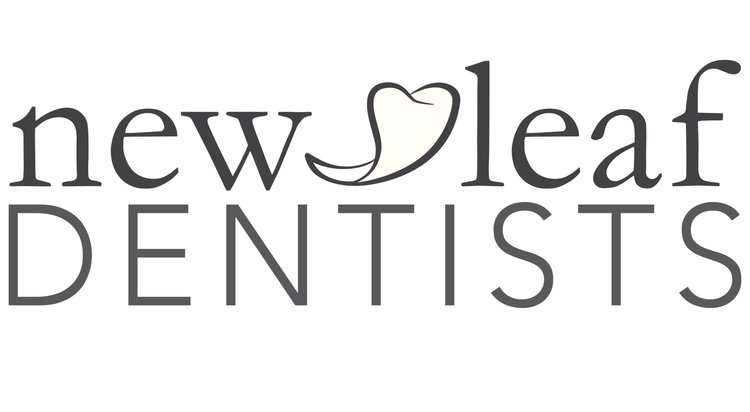Pregnancy is one of the most exciting moments in a woman’s life. I personally can attest to this fact as I was able to experience my wife’s excitement and joy during all her 3 pregnancies.
But did you know that pregnancy could lead to dental problems in some women? One of the most commonly overlooked pre-natal assessments is oral health. Based on recent studies, it was estimated that only between 22-34% of women consult a dentist during pregnancy. Just for the record, pregnancy itself doesn’t damage your teeth automatically.
So what are the most common oral health problems during pregnancy?
Pregnancy Gingivitis
This is considered as the most common oral disease in pregnancy. About 60-75% of pregnant women develop this condition. It is also estimated that half of these figures are pre-existing. During pregnancy, the combination of changes in oral environment and levels of female hormones can lead to decrease in immune system in the mouth leading to redness and swelling of the gums.
Periodontitis (Gum Disease)
Periodontitis is an irreversible condition that affects both jawbone and gums. This oral disease is more destructive compared to gingivitis. Additionally, this disease affects approximately 30% of women of childbearing age. Recent studies have also shown a direct link between gum disease and pre-term birth as well as low birth weight.
Dental Decay
Changes in female hormones and oral environment can result in increased acidity in the mouth. This can lead to demineralization (softening) of the tooth surface and resulting in cavitation (holes).
Pregnancy Oral Tumor
Pregnancy oral tumors are localized infection caused by increased levels of hormone (progesterone) and irritants (e.g. plaque, bacteria, etc.). Although this oral disease is not as common as gingivitis, pregnancy oral tumor can affect 5% of pregnant women.
So if you are an expecting mum or if you are planning on getting pregnant, here are my top 5 professional recommendations:
1. Prevention is better than cure. Include “Visit the dentist” on your to do list. It is more ideal to do dental elective procedures before getting pregnant.
2. Make sure you have an excellent oral hygiene regimen. You are less likely to have dental problems if you already have good oral hygiene.
3. Minimize high sugar food intake and consider a low-sugar diet instead. This will decrease the risk of dental decay.
4. Increase your Calcium and Vitamin D intake during pregnancy. These will assist in protecting your bone mass and provide nutritional needs to your developing baby.
5. Quit Smoking! Smoking will increase the risks of oral diseases such as gum disease. In addition, smoking also has a direct negative impact on your baby’s health.
If you have any additional queries and have concerns about pregnancy and oral health, it is highly recommended that you seek professional dental advice as soon as possible.





